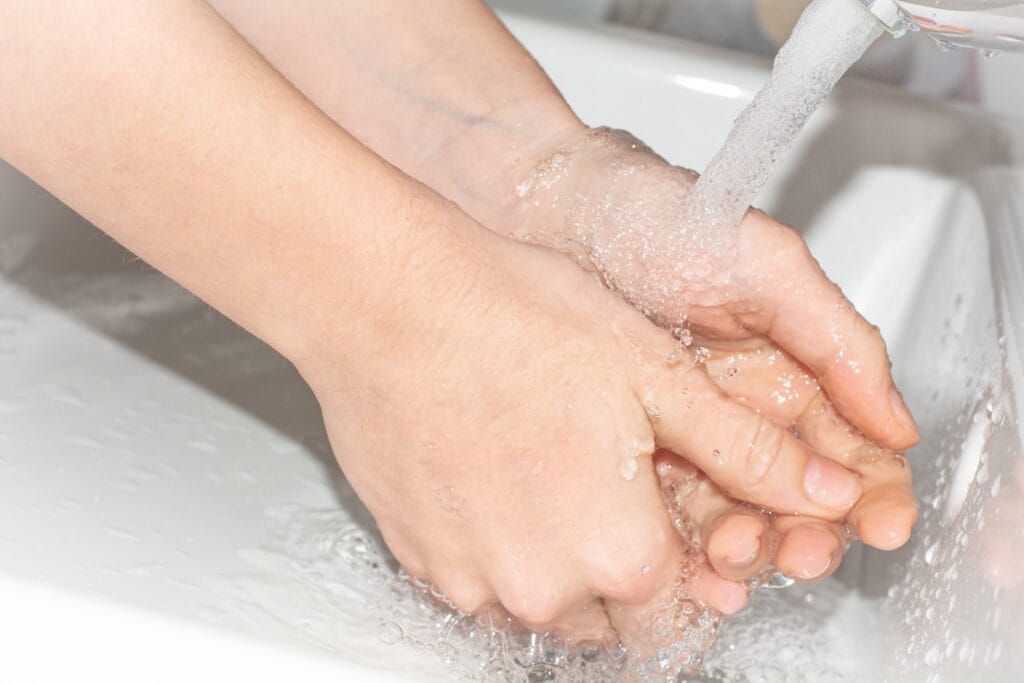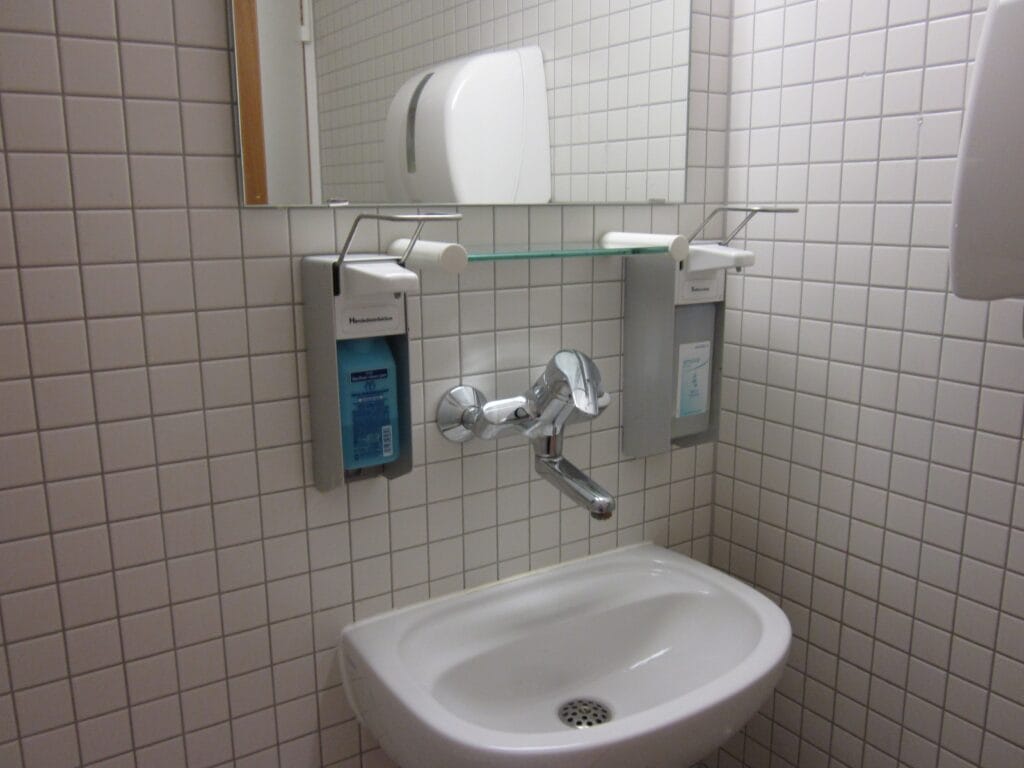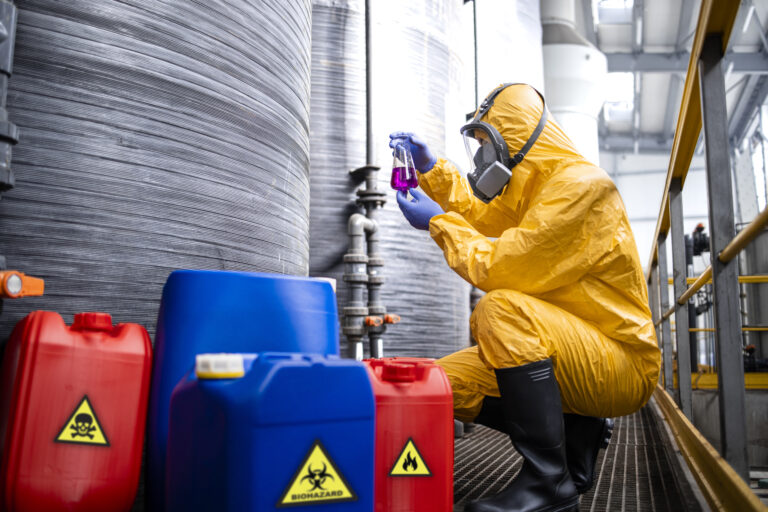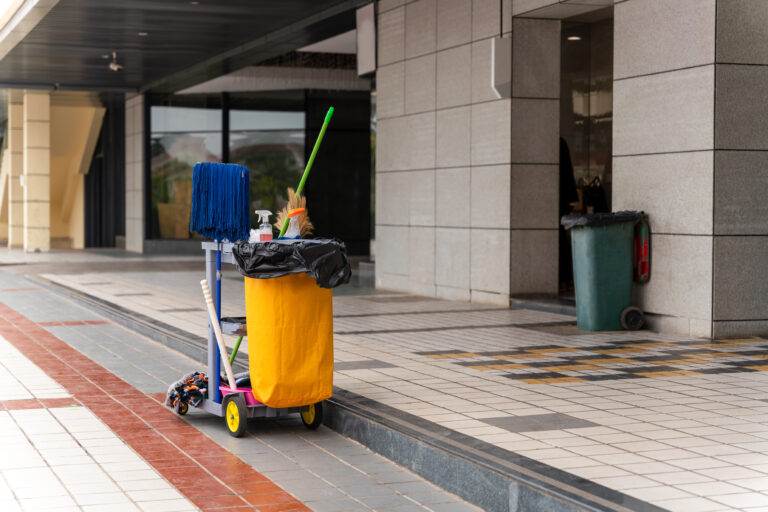High-volume restroom maintenance is a critical aspect of facility management, particularly in environments such as distribution centers, shopping malls, and large office complexes. These restrooms experience a significant influx of users daily, which can lead to rapid wear and tear, unsanitary conditions, and an overall decline in user satisfaction. The importance of maintaining these facilities cannot be overstated; clean and well-maintained restrooms contribute to a positive impression of the establishment, enhance employee morale, and promote health and safety standards.
When restrooms are neglected, they can become breeding grounds for germs and bacteria, leading to increased absenteeism due to illness and a negative perception of the facility. Moreover, high-volume restroom maintenance plays a vital role in compliance with health regulations. Facilities must adhere to strict cleanliness standards to avoid penalties and ensure the safety of their patrons.
Regular maintenance not only helps in meeting these standards but also reduces the likelihood of costly repairs that may arise from neglect. A well-maintained restroom reflects an organization’s commitment to quality and care for its employees and customers, ultimately fostering loyalty and trust.
Key Takeaways
- Regular maintenance of high-volume restrooms is crucial for ensuring cleanliness, hygiene, and customer satisfaction.
- Efficient cleaning techniques such as zone cleaning and high-touch surface cleaning can help manage high-traffic restrooms effectively.
- Choosing the right cleaning products, such as disinfectants and odor eliminators, is essential for industrial restrooms to maintain cleanliness and hygiene.
- Implementing a regular maintenance schedule, including daily, weekly, and monthly tasks, is important for keeping restrooms in top condition.
- Addressing common restroom issues in distribution centers, such as clogged toilets and overflowing trash bins, is essential for maintaining a clean and functional restroom environment.
Efficient Cleaning Techniques for High-Traffic Restrooms
To effectively maintain high-traffic restrooms, employing efficient cleaning techniques is essential. One of the most effective methods is the use of a systematic cleaning approach that prioritizes high-touch areas such as faucets, door handles, and toilet seats. These areas are often the most contaminated and require frequent attention.
Utilizing a color-coded cleaning system can help prevent cross-contamination between different areas of the restroom, ensuring that each surface is cleaned with the appropriate tools and products. Additionally, implementing a two-step cleaning process can significantly enhance the effectiveness of restroom maintenance. The first step involves removing visible debris and waste, while the second step focuses on disinfecting surfaces to eliminate harmful pathogens.
This method not only ensures cleanliness but also promotes a healthier environment for users. Furthermore, using microfiber cloths and mops can improve cleaning efficiency by trapping dirt and bacteria more effectively than traditional materials. By adopting these techniques, facilities can maintain high standards of cleanliness even in the busiest restrooms.
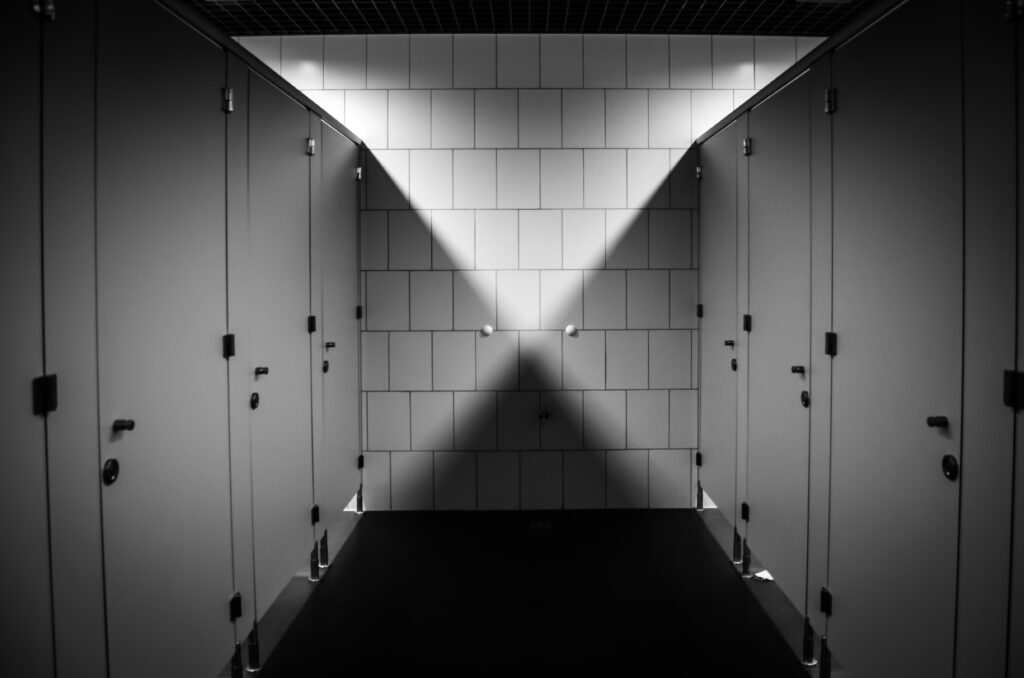
Choosing the Right Cleaning Products for Industrial Restrooms
Selecting the appropriate cleaning products for industrial restrooms is crucial for achieving optimal cleanliness and hygiene. It is essential to choose products that are specifically formulated for high-traffic environments, as these areas require powerful yet safe solutions to combat heavy usage and potential contamination. Look for disinfectants that are effective against a broad spectrum of pathogens, including bacteria and viruses, while also being safe for use on various surfaces commonly found in restrooms.
In addition to disinfectants, it is important to consider eco-friendly cleaning products that minimize environmental impact without compromising effectiveness. Many facilities are now opting for green cleaning solutions that are biodegradable and free from harsh chemicals. These products not only contribute to a healthier environment but also align with sustainability goals that many organizations strive to achieve.
By carefully selecting cleaning products that meet both efficacy and environmental standards, facilities can ensure that their high-volume restrooms remain clean and safe for all users.
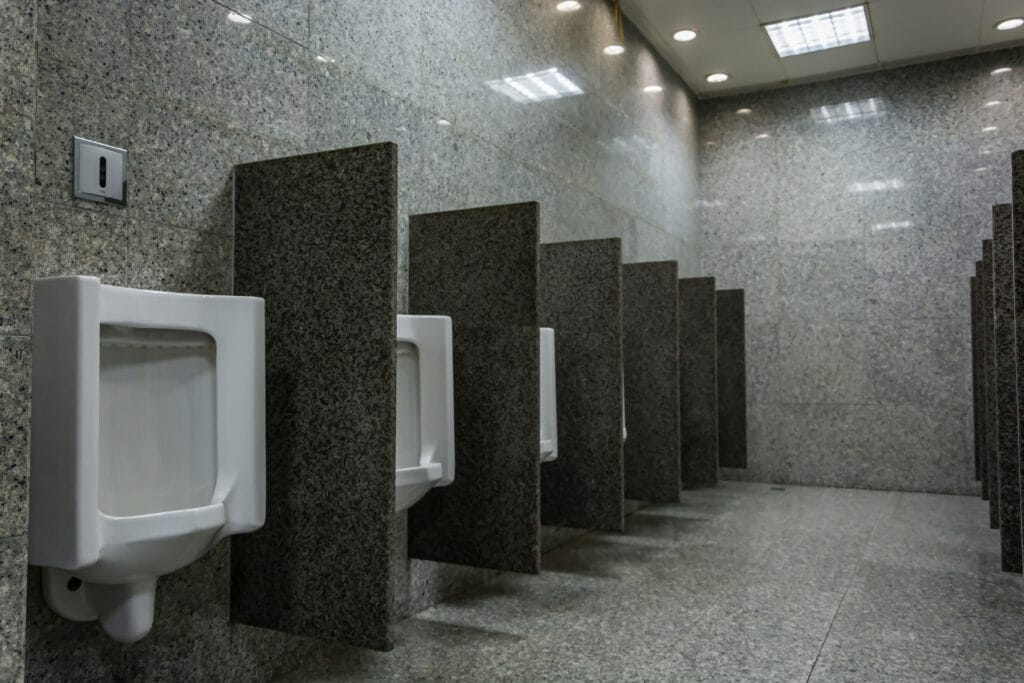
Implementing a Regular Maintenance Schedule for Restrooms
Establishing a regular maintenance schedule is vital for ensuring the cleanliness and functionality of high-volume restrooms. A well-structured schedule allows facility managers to allocate resources effectively and ensures that cleaning tasks are performed consistently. This schedule should include daily, weekly, and monthly tasks tailored to the specific needs of the restroom based on usage patterns and peak times.
For instance, during busy periods, more frequent cleaning may be necessary to maintain hygiene standards. In addition to routine cleaning tasks, the maintenance schedule should also incorporate inspections to identify any potential issues before they escalate into larger problems. Regular checks on plumbing fixtures, soap dispensers, and paper towel supplies can help prevent inconveniences for users and reduce downtime caused by repairs.
By adhering to a comprehensive maintenance schedule, facilities can create a proactive approach to restroom management that enhances user experience and minimizes operational disruptions.
Addressing Common Restroom Issues in Distribution Centers
Restroom issues in distribution centers can vary widely due to the unique demands of these environments. High foot traffic often leads to problems such as clogged toilets, overflowing trash bins, and inadequate supplies of essential items like toilet paper and soap. Addressing these common issues requires a proactive approach that includes regular monitoring and prompt response to any concerns raised by users.
One effective strategy is to implement a reporting system that allows employees to communicate restroom issues quickly. This system can be as simple as a designated contact person or an online platform where users can submit maintenance requests. By encouraging open communication, facilities can address problems swiftly, ensuring that restrooms remain functional and user-friendly.
Additionally, investing in high-capacity waste receptacles can help manage waste more effectively in busy environments, reducing the frequency of overflow incidents.
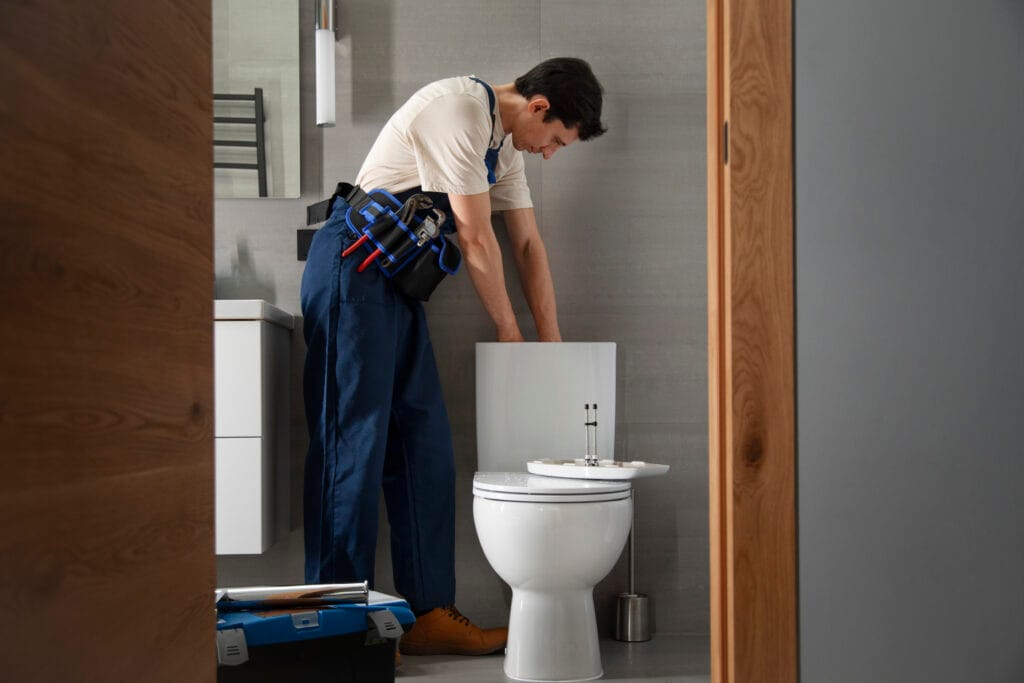
Training and Equipping Staff for Effective Restroom Maintenance
Comprehensive Training Programs
Providing comprehensive training programs ensures that employees understand the importance of cleanliness and are familiar with proper cleaning techniques and safety protocols. Training should cover not only the practical aspects of restroom maintenance but also the significance of maintaining a positive user experience.
Equipping Staff with the Right Tools and Resources
Equipping staff with the right tools and resources is equally important. This includes providing access to high-quality cleaning products, appropriate personal protective equipment (PPE), and efficient cleaning equipment such as automatic scrubbers or high-efficiency vacuums.
Empowering Staff for Improved Results
By investing in both training and equipment, organizations empower their staff to perform their duties effectively, leading to improved restroom conditions and overall satisfaction among users.
Utilizing Technology for Streamlined Restroom Maintenance
In today’s digital age, technology plays a pivotal role in streamlining restroom maintenance processes. Facilities can leverage various technological solutions to enhance efficiency and improve service delivery. For instance, implementing smart restroom monitoring systems can provide real-time data on usage patterns, allowing managers to adjust cleaning schedules based on actual demand rather than estimates.
Additionally, mobile applications can facilitate communication between staff members regarding maintenance needs or supply shortages. These tools enable quick reporting and response times, ensuring that issues are addressed promptly. Furthermore, technology can assist in inventory management by tracking supplies such as toilet paper and soap dispensers, alerting staff when levels are low.
By embracing technology in restroom maintenance practices, organizations can optimize operations while enhancing user satisfaction.
Monitoring and Evaluating Restroom Maintenance Performance
Monitoring and evaluating restroom maintenance performance is essential for continuous improvement in facility management practices. Establishing key performance indicators (KPIs) allows organizations to measure the effectiveness of their maintenance efforts objectively. Common KPIs may include cleanliness ratings from user feedback surveys, response times for reported issues, and frequency of supply replenishment.
Regular evaluations should be conducted to assess whether maintenance practices align with established standards and user expectations. Gathering feedback from users through surveys or suggestion boxes can provide valuable insights into areas needing improvement. By analyzing this data, facilities can identify trends or recurring issues that may require adjustments in cleaning protocols or staffing levels.
Continuous monitoring ensures that restroom maintenance remains a priority and evolves with changing user needs, ultimately leading to enhanced satisfaction and operational efficiency.
FAQs
What are some high-volume restroom maintenance tips for distribution centers in the Central Valley?
Some high-volume restroom maintenance tips for distribution centers in the Central Valley include implementing a regular cleaning schedule, using high-quality cleaning products, inspecting and repairing plumbing and fixtures, and providing adequate ventilation.
How often should distribution centers in the Central Valley clean their restrooms?
Distribution centers in the Central Valley should clean their restrooms at least once a day, with high-traffic restrooms requiring more frequent cleaning, possibly multiple times a day.
What are some important factors to consider when choosing cleaning products for high-volume restrooms?
When choosing cleaning products for high-volume restrooms, it is important to consider the effectiveness of the products in removing dirt and germs, as well as their compatibility with different surfaces and fixtures. Additionally, environmentally friendly and low-odor products may be preferred.
Why is it important to regularly inspect and repair plumbing and fixtures in high-volume restrooms?
Regular inspection and repair of plumbing and fixtures in high-volume restrooms is important to prevent leaks, clogs, and other issues that can lead to unsanitary conditions and potential health hazards. It also helps to maintain the overall functionality and appearance of the restroom.
How can distribution centers in the Central Valley ensure adequate ventilation in their restrooms?
Distribution centers in the Central Valley can ensure adequate ventilation in their restrooms by installing and maintaining proper ventilation systems, such as exhaust fans, to help remove odors and moisture. Additionally, keeping restroom doors and windows open when possible can also help improve air circulation.

